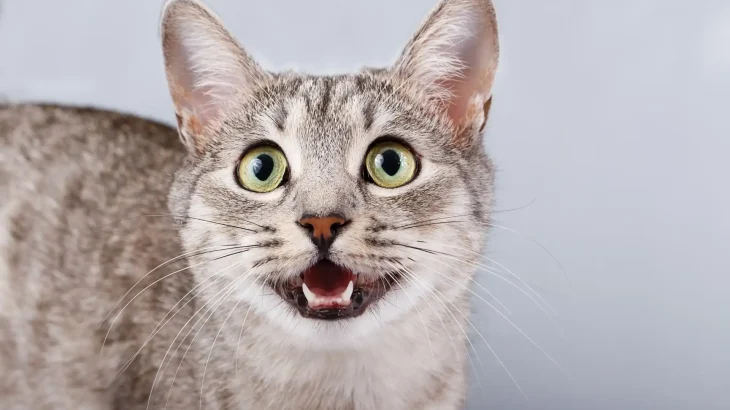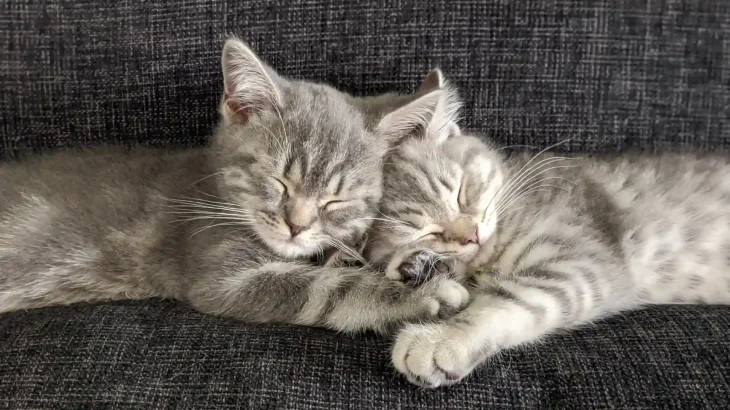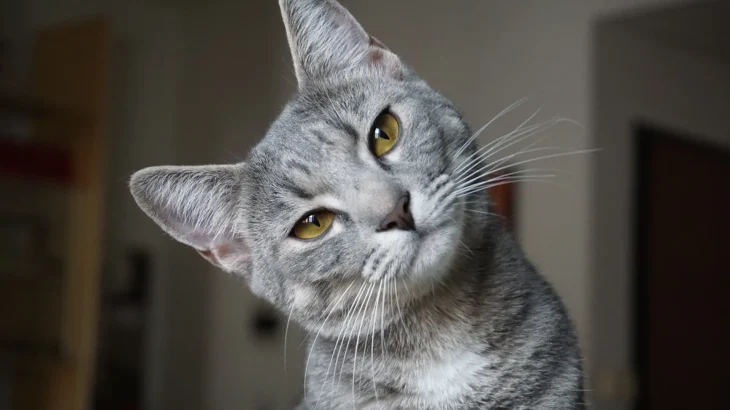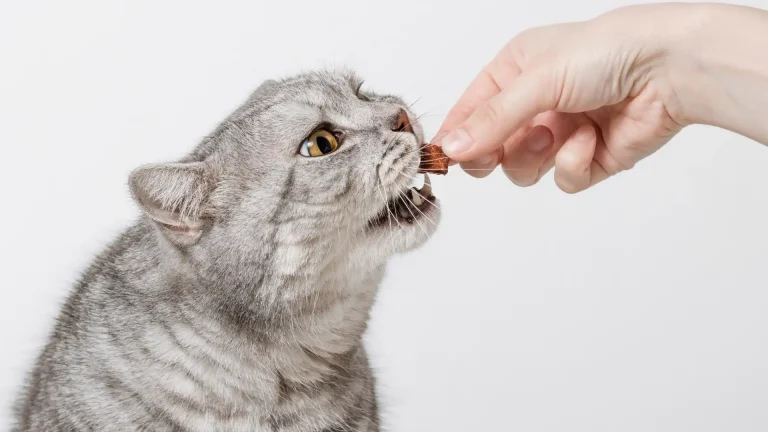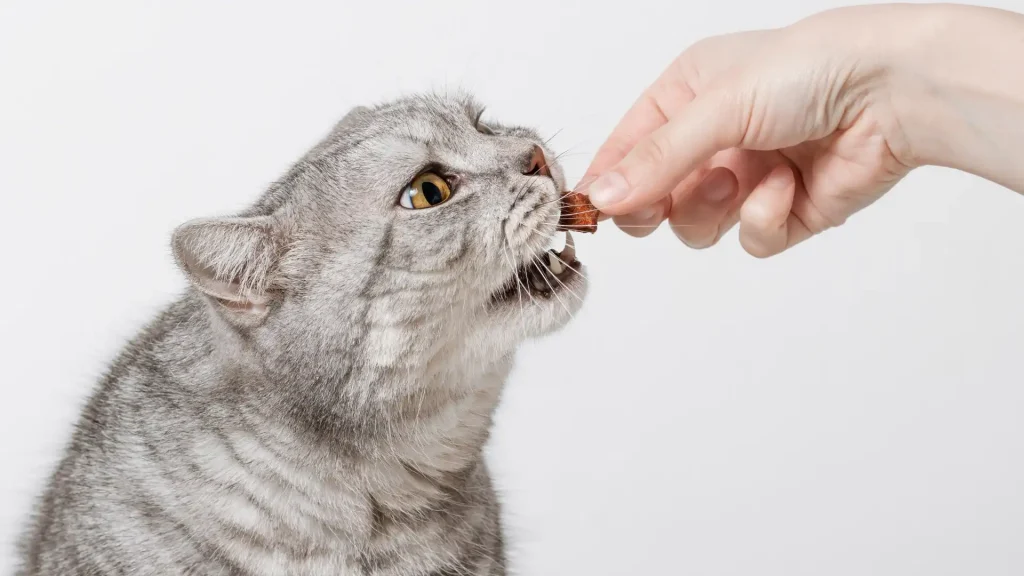Deciding whether to adopt or purchase a Singapura kitten depends on what you value most in your new feline friend. Buying from a breeder tends to offer more certainty regarding health background and breed pedigree, while adoption provides a chance to give a loving home to a cat in need, often with less detailed history. Both paths have unique benefits and potential drawbacks worth considering.
| Criteria | Buying from Breeder | Adopting from Shelter/Rescue |
|---|---|---|
| Cost | Higher, typically $1,000-$2,000 due to rarity and purebred status. | Lower fees, often $50-$200, supporting animal welfare. |
| Health History | Detailed records and genetic testing usually provided. | Health history may be incomplete; shelters do basic screening. |
| Age Availability | Usually kittens, allowing early bonding and training. | Varied ages including kittens, adults, and seniors. |
| Temperament Insight | Breeders share lineage personality traits. | Shelter staff offer behavioral insights, background often unknown. |
| Supporting Practices | Supports selective breeding aimed at breed preservation. | Supports rescue efforts and reduces shelter populations. |
| Ethical Considerations | Choose ethical breeders to avoid irresponsible breeding. | Gives homes to cats that might struggle to find one otherwise. |


